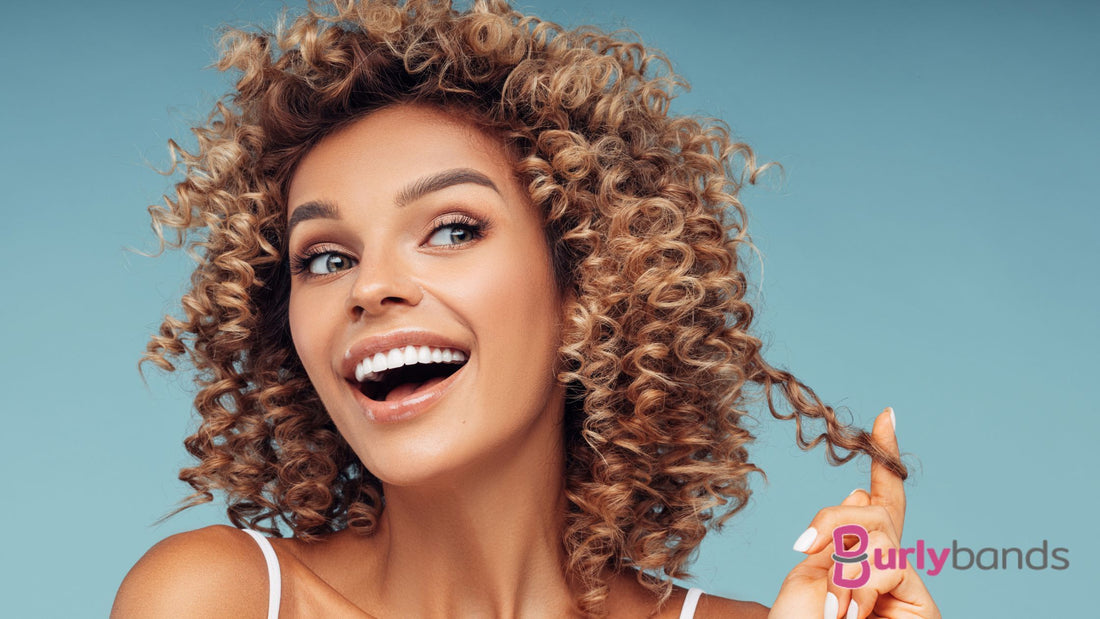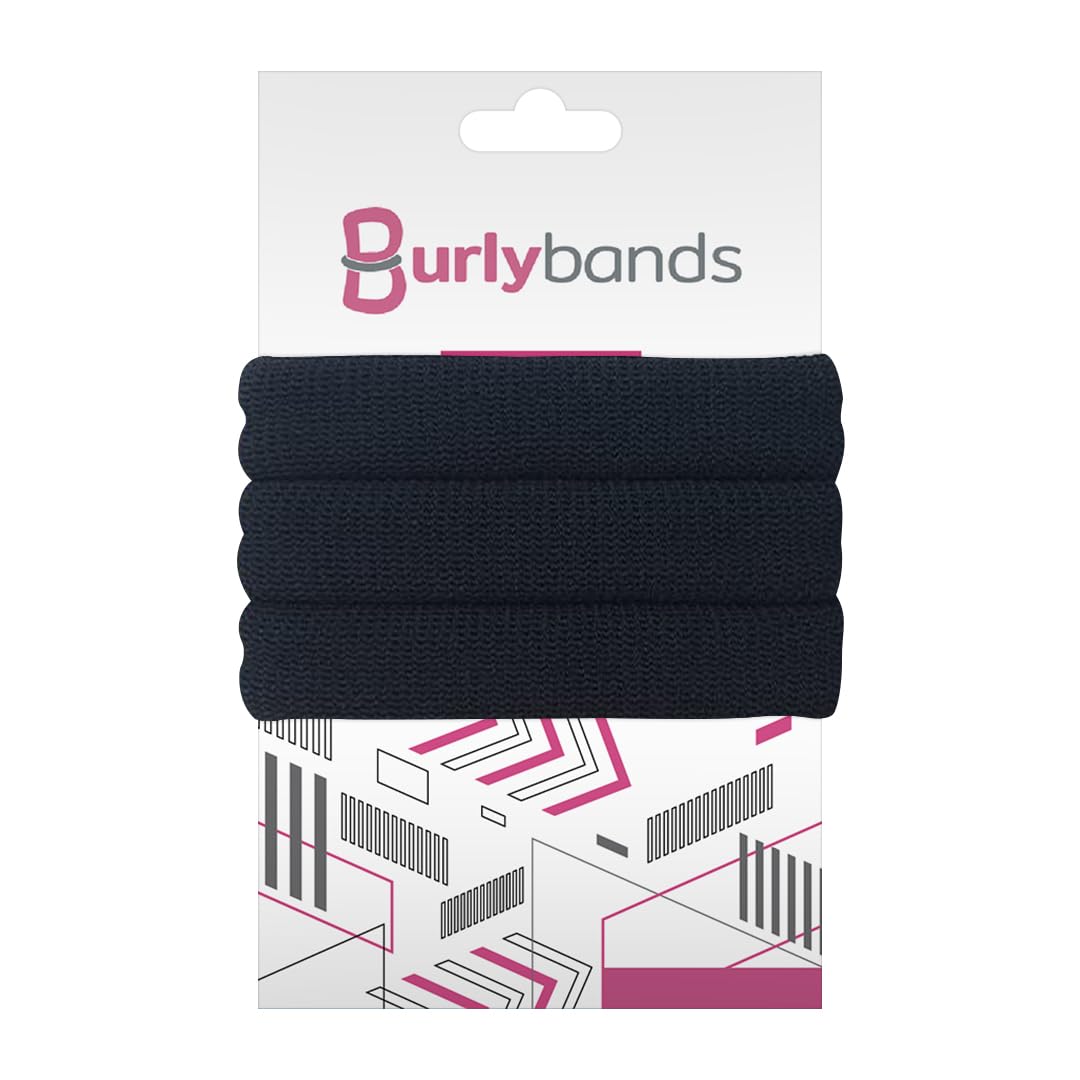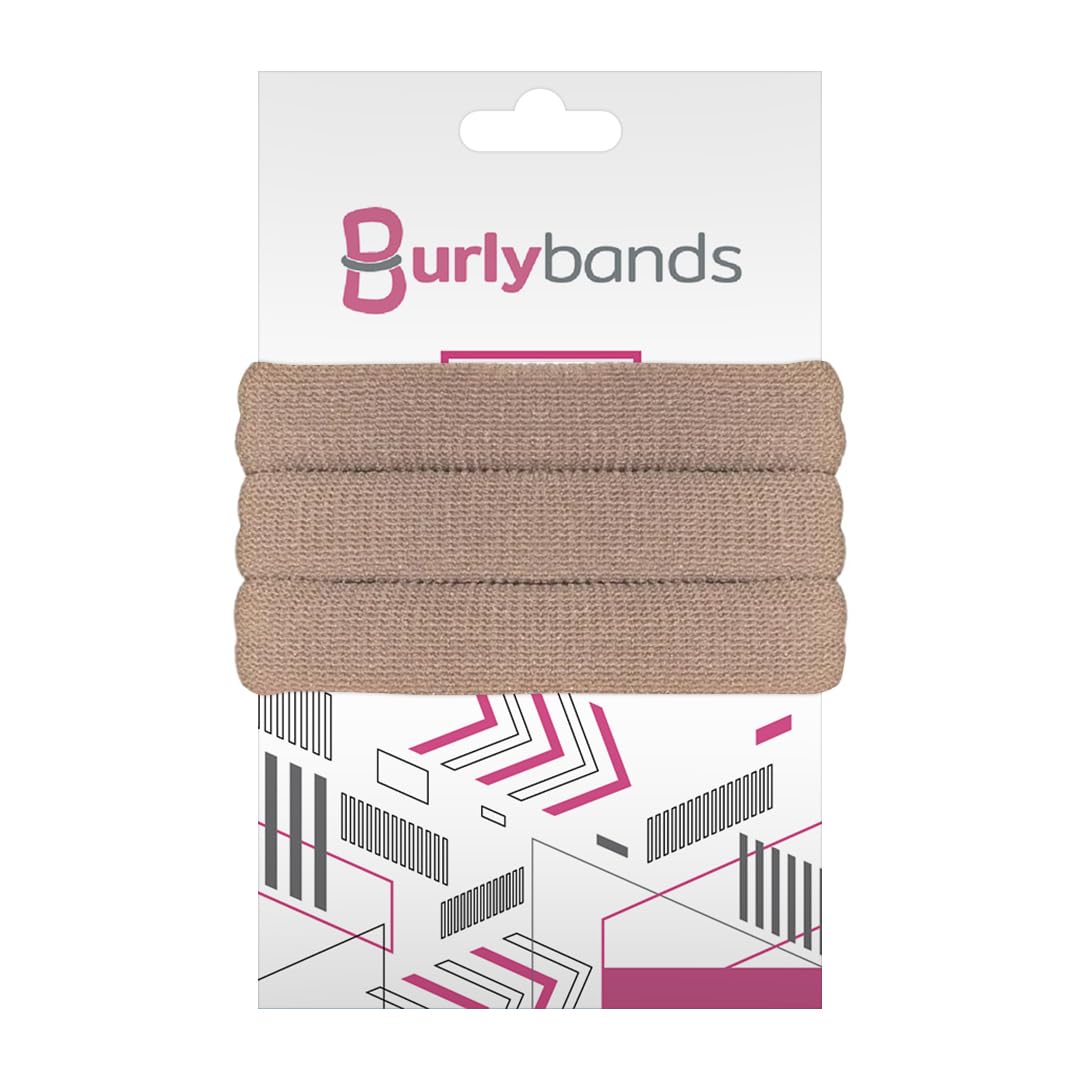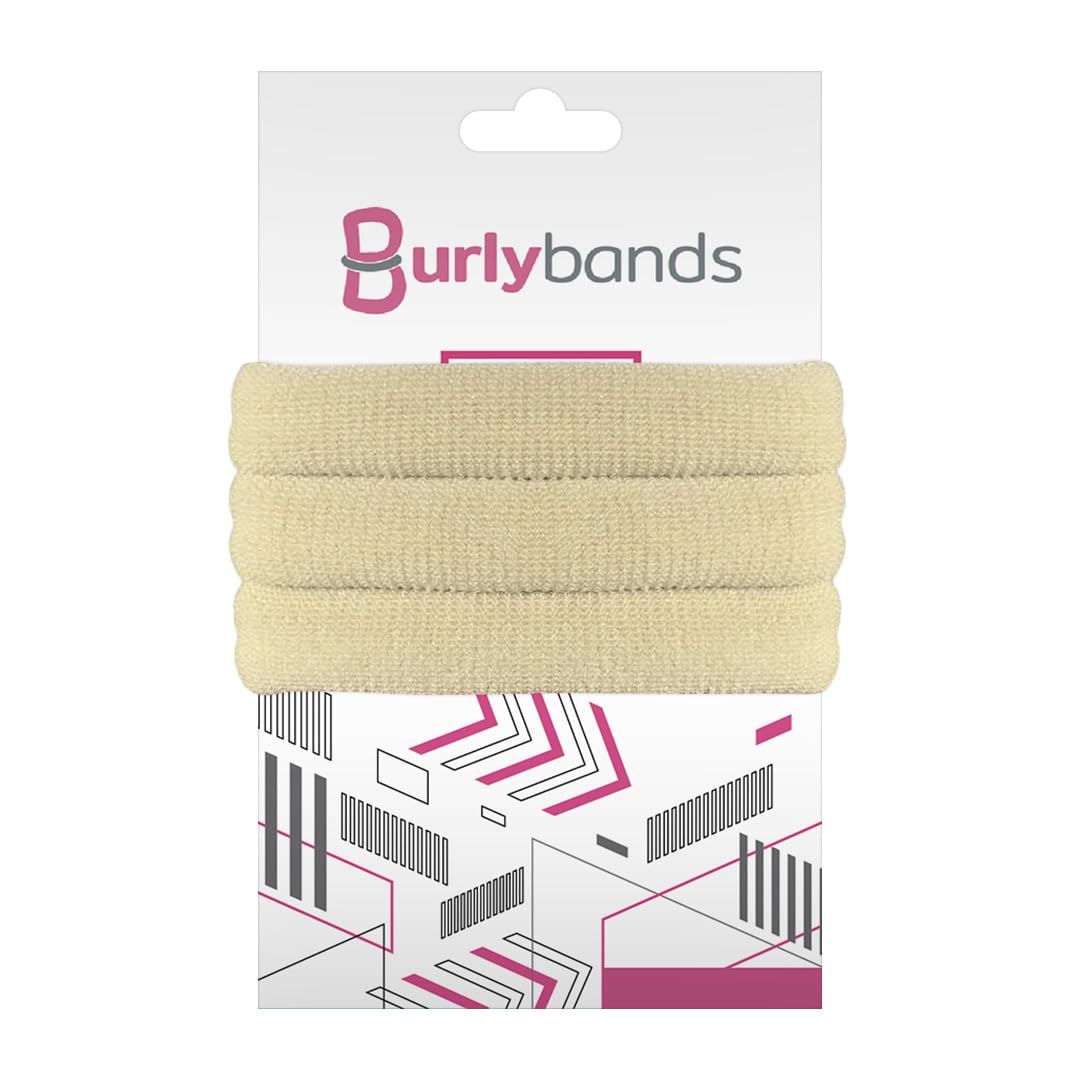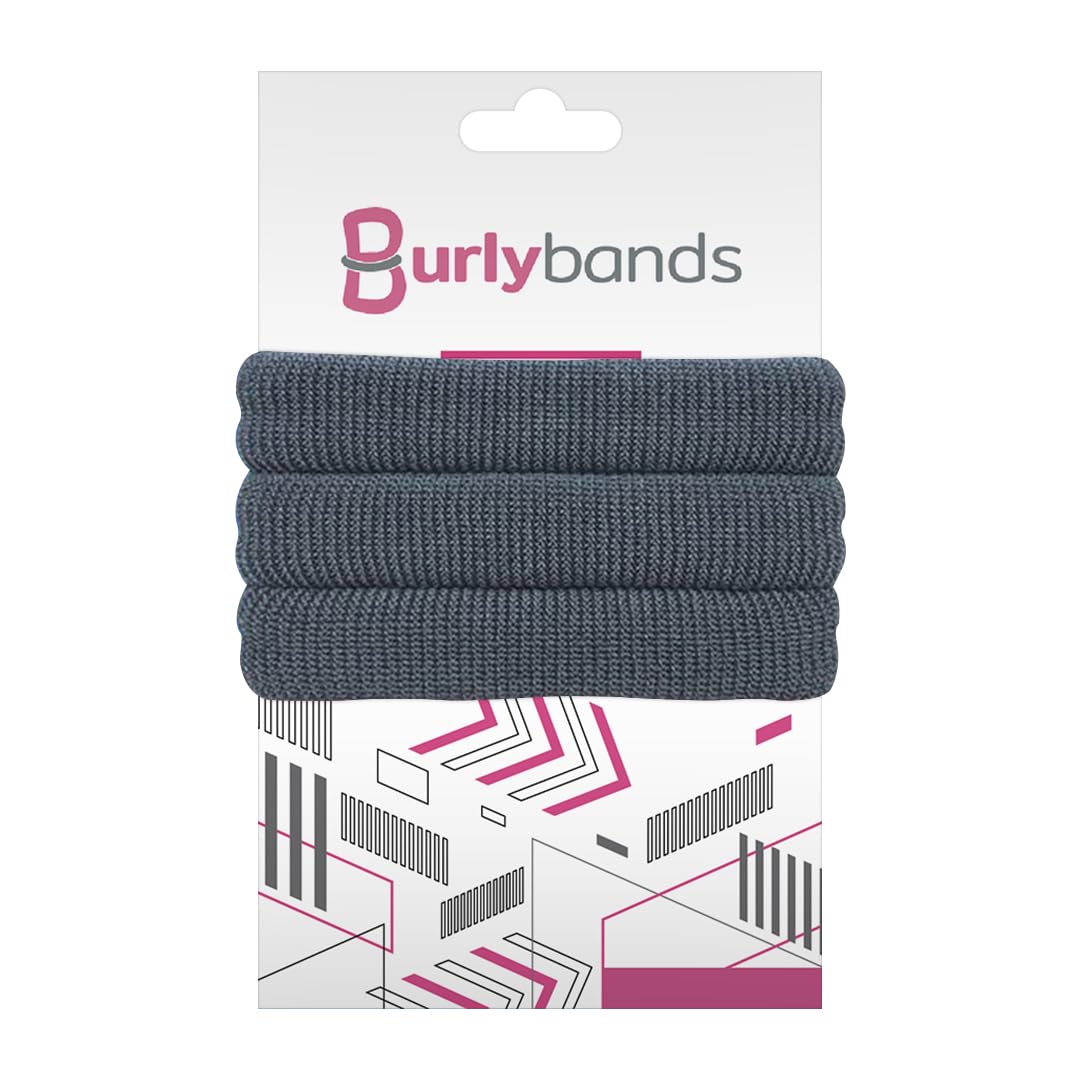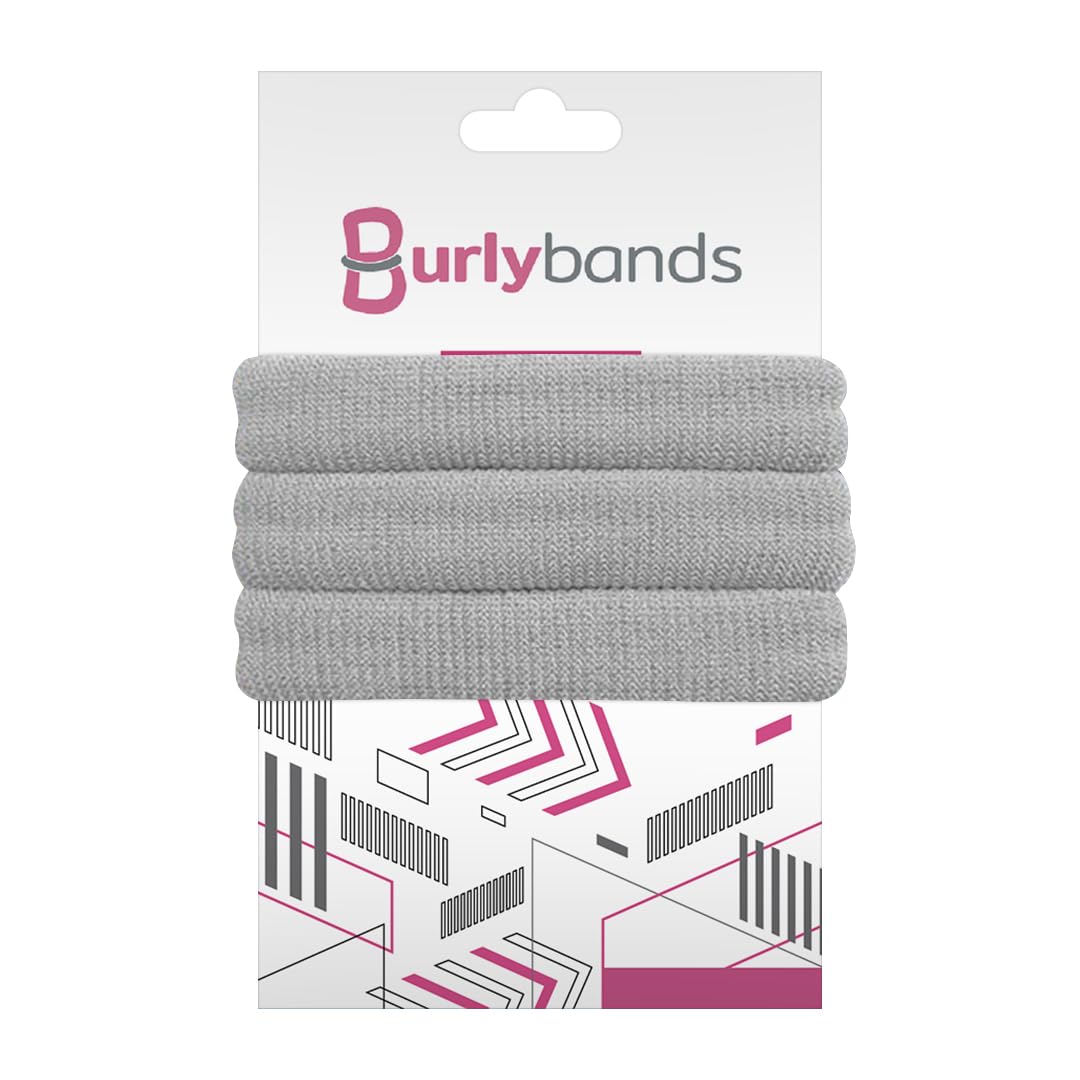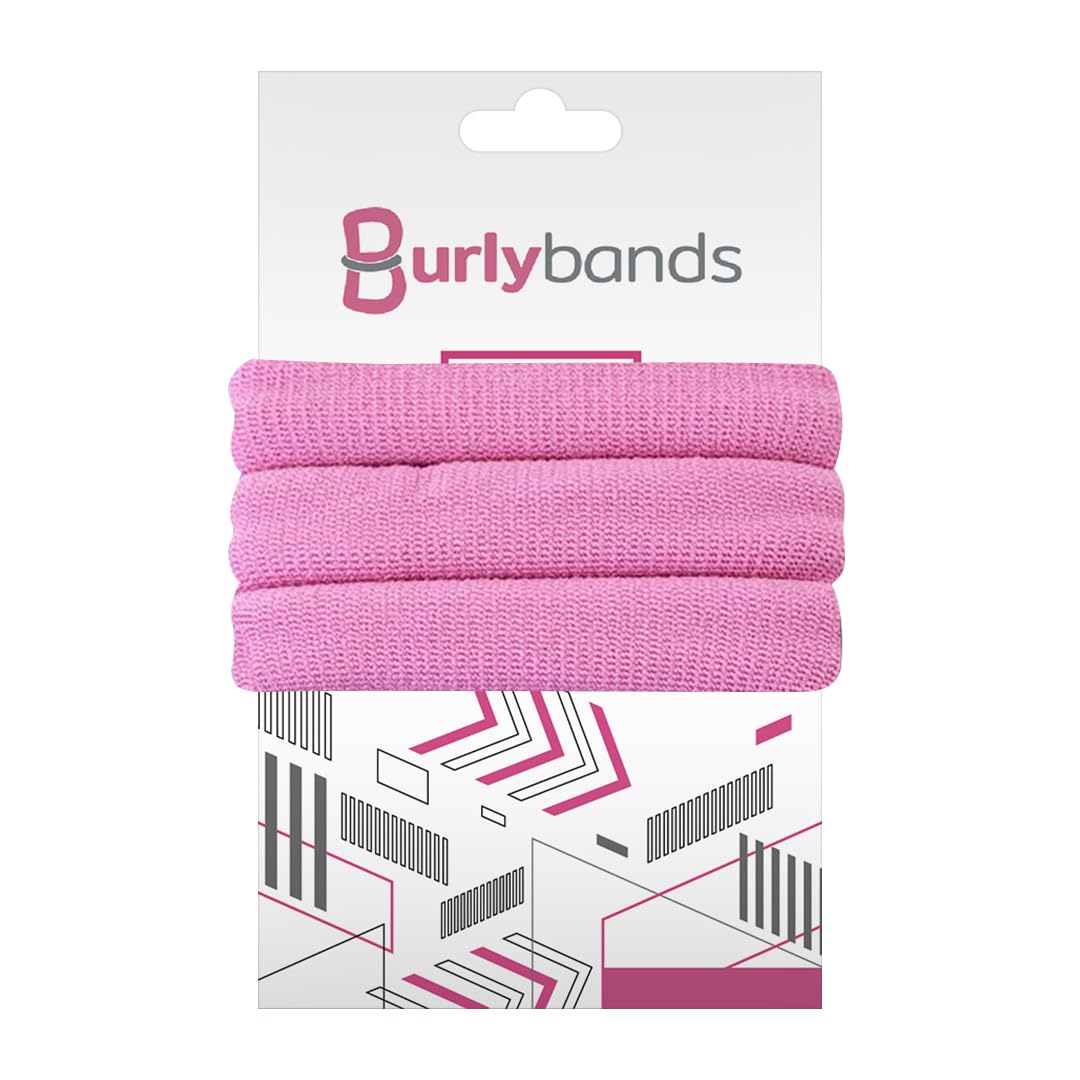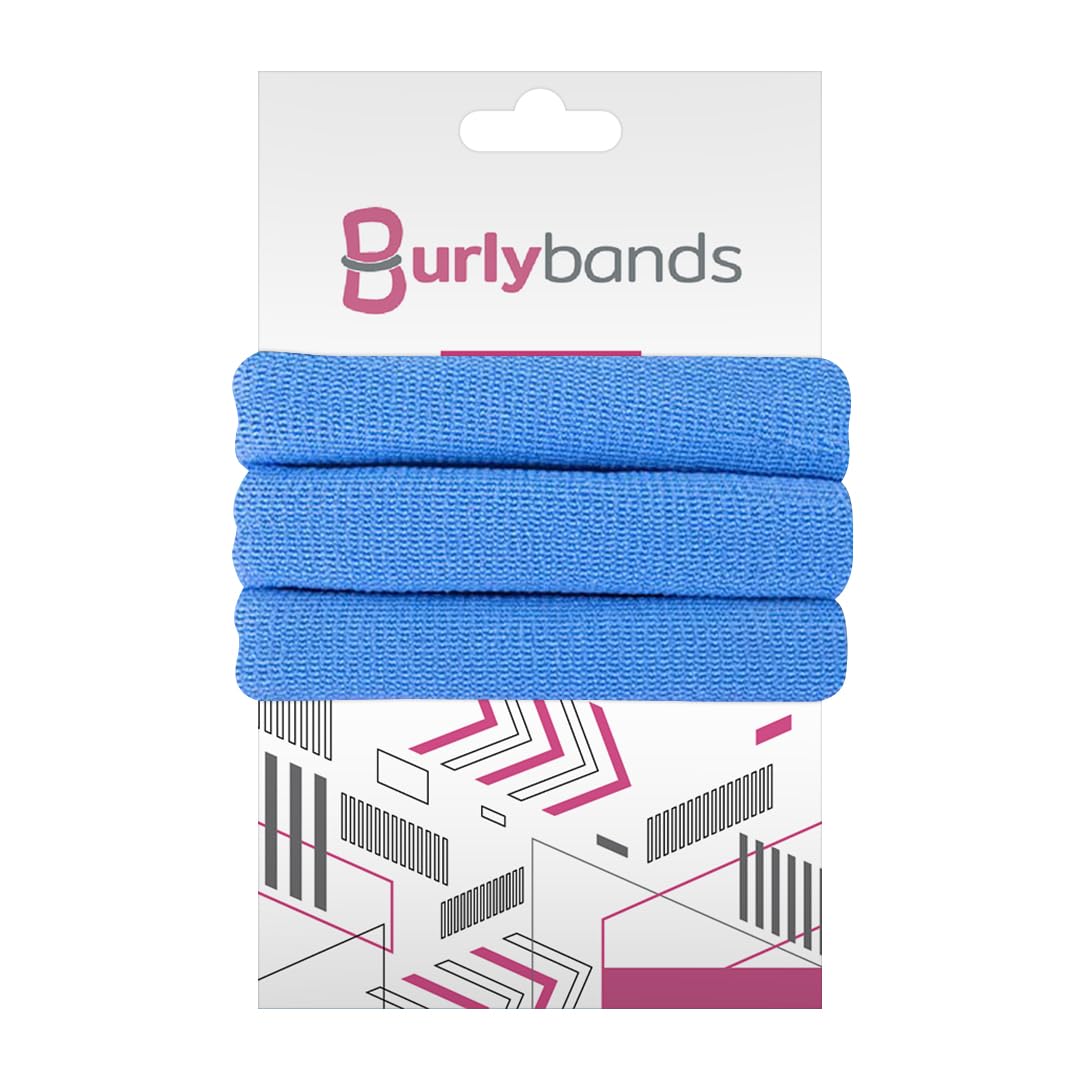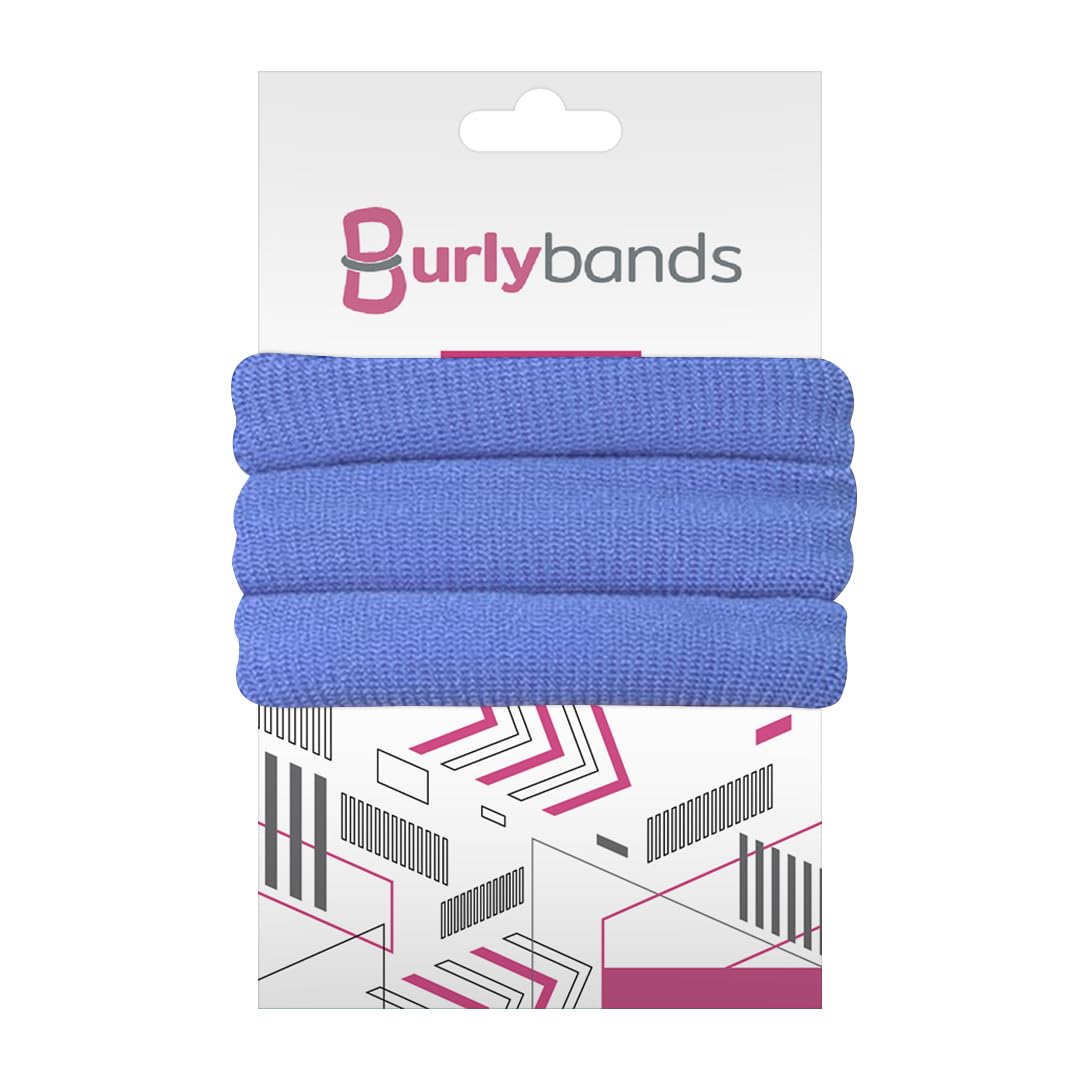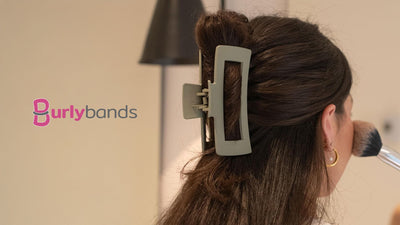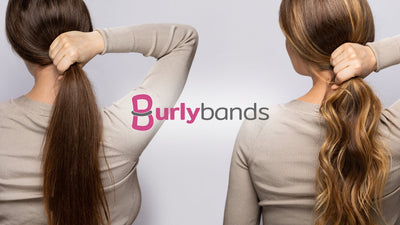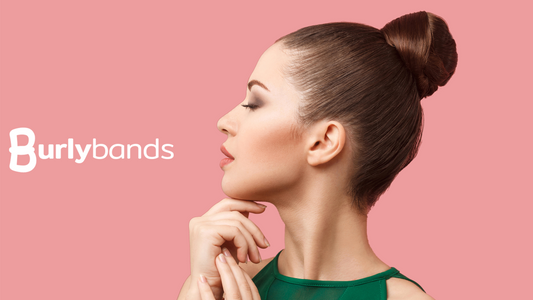Although kinky hair is frequently confused with curly hair, the two hair types are very different. Knowing the difference between the two can help you maintain your hair better. In this blog, we will go into detail about curly and kinky hair, including their differences and hair-care advice specific to each type.
What Is Curly Hair?

Credit: Envato Elements/ kiraliffe
Curly hair or type 3 hair is a hair type that displays an "S"-shaped curl pattern that remains distinct even when wet. Since the hair strand does not sit flat, this particular hair type is less shiny than wavy or straight hair and tends to be dry due to the looping structure.
Types of Curly Hair

Credit: Envato Elements/ kiraliffe
Each hair type is broken down into several categories based on the texture, size, and type of pattern of the hair. For curly hair or type 3 hair, there are 3 classifications:
1) Type 3A
Under type 3A, the curls roll down from the crown in stretched spirals with a big diameter. Type 3A is occasionally mistaken for wavy hair.
2) Type 3B
Under type 3B, the curls are medium-sized and resemble corkscrews. While the hair texture of type 3A is soft, type 3B is neither too soft nor too coarse.
3) Type 3C
Compared to type 3B hair, type 3C hair contains smaller, more compact springs that can range from well-defined to lose helixes. The texture is also coarse rather than silky.
What Is Kinky Hair?

Credit: Envato Elements/ MatHayward
Kinkly or coily hair, also referred to as type 4 hair, is the lowest in the hierarchy of hair types. This hair type is made up of numerous tiny hair strands that have been tightly twisted together to form a "Z" or "S" shape. It is the coarsest hair type and is characterized by its fullness and volume. Like other curly hair types, people with kinky hair sometimes struggle with moisture retention.
Types of Coily Hair

Credit: Envato Elements/ dasha11
Similar to curly hair, type 4 kinky hair is divided into 3 groups based on the texture, size, and shrinkage of coils:
1) Type 4A
Curl type 4A is distinguished by its small yet distinctively S-shaped strands organized in tightly coiling rings. In comparison to other kinky hair types, 4A hair is noticeably less prone to breakage, dryness, and shrinkage.
2) Type 4B
Type 4B is characterized by zigzag patterns and compressed s-shaped coils. In general, 4B hair has a modest level of shrinkage and lies in between 4A and 4C hair.
3) Type 4C
Type 4C is more fragile than any other type and features an incredibly tight zig-zag pattern. In addition, compared to hair types 4A and 4B, this hair type also shrinks the most.
Curly vs Kinky Hair: What’s the Difference?

Credit: Envato Elements/ evablanco
There are four ways that kinky hair and curly hair differ from one another:
- Firstly, curly hair has a more pronounced "S" shape compared to kinky hair, which has a more "Z" shape.
- Second, kinky hair has springier, tighter, and smaller curls than curly hair and is more prone to shrinkage.
- Thirdly, kinky hair has a wiry, coarse texture whereas curly hair has a silky texture.
- Finally, compared to curly hair, kinky hair is far more fragile and challenging to maintain.
Tips for Maintaining Kinky and Curly Hair
Knowing how to take care of your curly or kinky hair is essential. Following are some pointers for caring for each of these hair types:
For Curly Hair

Credit: Envato Elements/ MgrSanko
To take care of your curly hair, follow the tips below:
1) Select the Right Products
If you have naturally curly hair, you should always pay attention to hair products that help in moisture retention. Steer clear of anything that can weigh your hair down or dry it out. When picking a shampoo and conditioner for curly hair, check for ingredients like coconut oil, jojoba oil, sunflower oil, avocado oil, aloe vera, keratin, shea butter, etc.
2) Pick the Right Comb or Brush
Curly hair is typically dry and delicate, making it brittle when combed or brushed. To prevent breakage, try brushing or combing curly hair while you're in the shower. Additionally, invest in a premium brush with natural bristles rather than a plastic hairbrush.
3) Use a Hydrator
Since curly hair is dry, your best bet for adding hydration is to use a serum, curl cream, or leave-in cream. These products will not only help to hydrate your curls but will also give them definition and separation.
For Coily Hair

Credit: Envato Elements/ Rawpixel
To take care of your kinky hair, follow the tips below:
1) Choose Hydrating Products
If your hair is kinky, moisturizing it is crucial. As a result, you must select products that contain heavier ingredients, such as castor oil, coconut oil, and shea butter. Additionally, to avoid split ends, try soaking your ends in water each day.
2) Detangle Your Coily Hair With Your Fingers
If you have kinky curly hair, use your fingers to detangle it. Combs can cause hair breakage
3) Use Protective Styling
A protective style is the best method for helping kinky hair grow. Protective hairstyles, such as braids, twists, natural hair wigs, or hair extensions, are excellent for giving your textured hair a rest from routine styling and preventing your ends from breaking off.
Summary
Knowing the distinction between curly and kinky hair will help you take better care of your hair. Instead of wasting money on products that will just make your hair look worse, you can now develop a customized routine that will enhance your already lovely natural hair.
If you have curly or kinky hair, finding the right hair tie that will keep your hair in place is difficult. With Burlybands, you no longer have to worry about this. Shop with us today.
 Log in
Log in

